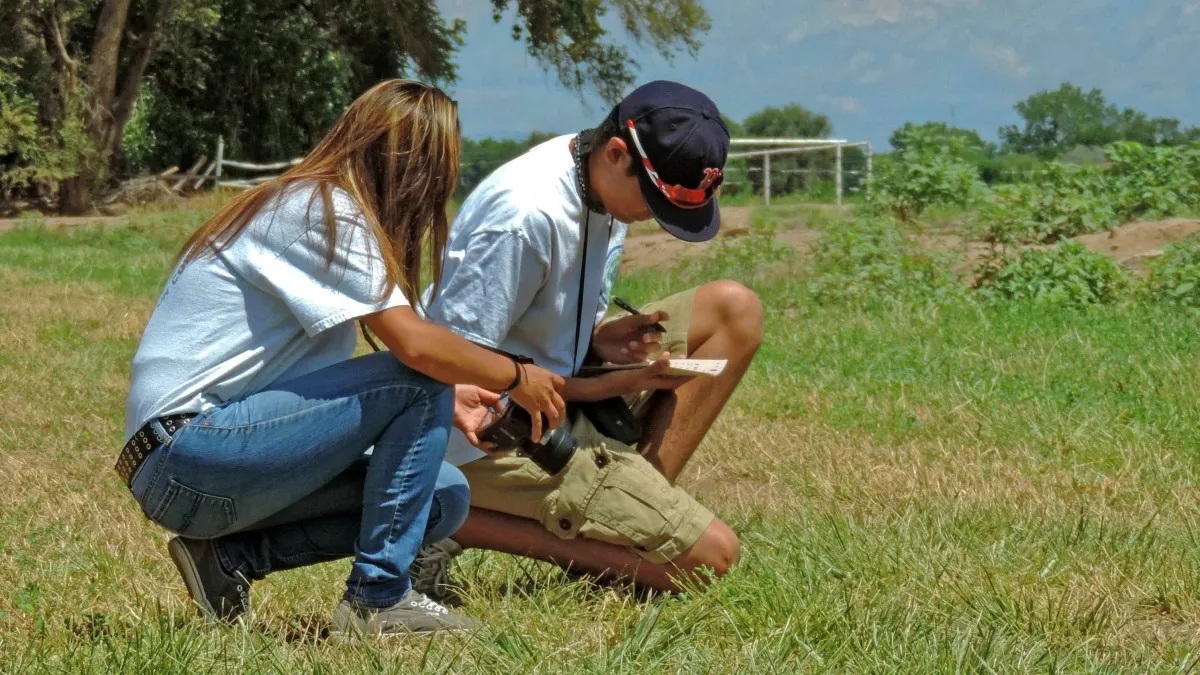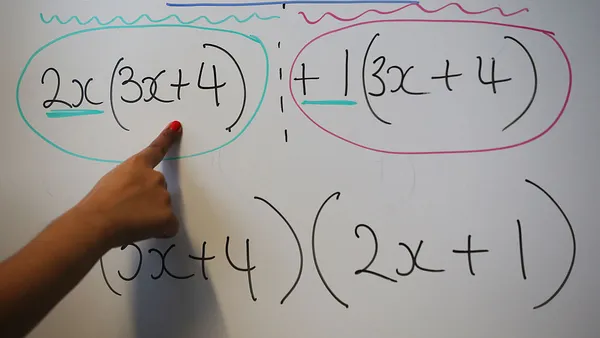Dive Brief:
- Phenomena-based learning situations allow students to drive their education by asking questions, unpacking one element of the Next Generation Science Standards, District Administration reports.
- While "phenomena" may imply a requirement to show students something extraordinary — like a volcano blowing its top, for example — that’s not the case, with the focus instead on inquiring about things students can observe.
- As with any new standard, it’s important that administrators provide professional development for teachers so they feel capable of implementing the concept with their students, and going through a phenomena-based lesson themselves can help demonstrate how useful the approach can be.
Dive Insight:
Turning interest into understanding is a critical component of engaging students in their educations. Phenomena-based learning fits into this mission by having students observe something in nature and delve into the processes behind it for better understanding.
In line with the Next Generation Science Standards (NGSS), a phenomena-based approach changes the focus of science education so students aren't passively “learning about a topic” but rather “figuring out why or how something happens.” The NGSS details in a three-page primer, designed for educators, how to weave phenomena-based learning into their own classrooms.
This approach takes advantage of students’ innate curiosity, which can then fuel further interests in science and math — and perhaps even stretch to other subjects including history and literature.
For example, students who live near rivers, lakes or even the ocean can watch the phenomena of water and how it moves, tying into history lessons around cultures that mastered the waters and their beliefs about them. The phenomena could even be used when talking about stories or myths of water creatures and their role in helping ancient civilizations make sense of the world, as with the Greek god Poseidon and his control of the ocean’s waves.
For those looking for suggestions on how to weave phenomena into a classroom setting, NGSS also has a cadre on its site, from still images to short clips, that can be tapped, along with examples of how to connect phenomena to lessons. All can help spark students' curiosity and enliven lessons along the way.







 Dive Awards
Dive Awards





